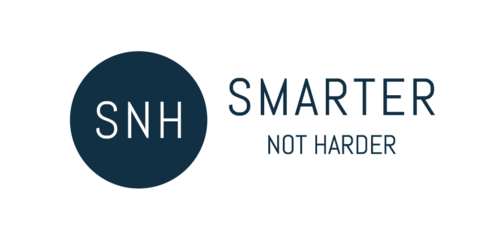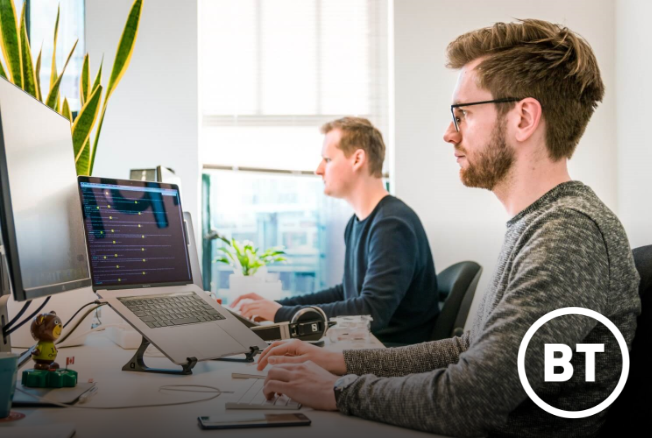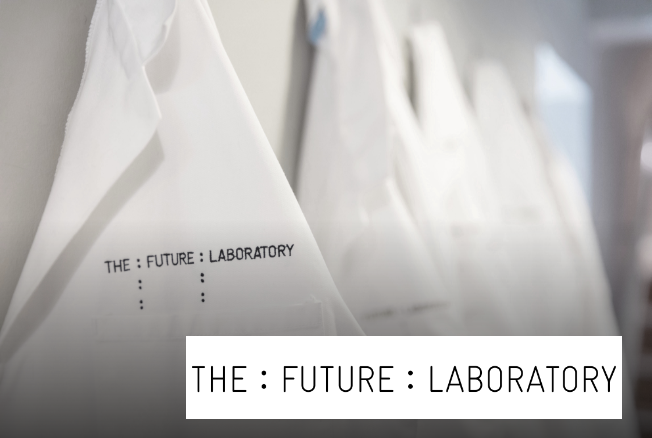
The Productivity Puzzle
Productivity is a hot topic as companies all over the world are striving to achieve more with the resources at their disposal.
We hear about the need to ‘solve the Productivity Puzzle’ (more on that later) but increased productivity can mean different things to different people. Usually, it involves:
Producing what you produce now at a lower cost (without compromising quality)
Producing what you produce now in less time (without compromising quality)
For most people, if you can achieve both of those things, then that is the Holy Grail.
But as organisations go searching for that ultimate productivity goal, there can be collateral damage. The people suffer. And when a workforce is stretched to breaking point it can have disastrous effects on morale, employee well-being, engagement and retention.
So, Smarter Not Harder (SNH) has set about redefining what productivity means to us all:
Producing what you produce now at a lower cost, in less time and WITH LESS STRESS ON YOUR PEOPLE.
That is the prize.
The biggest issue is the limiting beliefs people have around this kind of business utopia. Higher levels of productivity AND higher levels of well-being are seen by many as competing forces, pulling in different directions.
It is the eternal dilemma: That ‘seesaw effect’ where any efficiencies you want to gain in one area will result in inevitable compromise elsewhere.
But SNH have done extensive research, and we are happy to report that the prize is absolutely within reach for any organisations willing to make some simple changes to their working practices.
We truly believe you can have your cake and eat it (without worrying about gaining weight!).
The Productivity Puzzle
The first two pieces of our puzzle represent well-worn paths that many companies have ventured down as they look to improve productivity.
Location – By introducing policies like hot-desking, outsourcing and flexible working, organisations can lower costs dramatically. Potentially, you can halve the size of your office space by allowing people to work some of the time from home. You then get knock-on productivity benefits like less travel, fewer interruptions and increased flexibility for employees.
Technology – Implementing hardware and software solutions that reduce manual steps and streamline processes is how many organisations keep costs down and drive efficiencies across the business. In some cases, technology can completely remove the need for people in manual roles.
Both location and technology enhancements can produce big cost savings and reduce workload… IN THEORY.
But once you’ve explored those avenues thoroughly, where do you go next?
SNH are committed to exploring the third piece of the puzzle: People
Companies looking to improve productivity can provide the best locations and the latest technology, but often people still turn up with the same old habits.
Just because they are allowed to work from home two days a week, given the latest laptop and high-speed internet connectivity, does not guarantee they will be more productive, does it?
Which is why SNH focus entirely on changing those habits and mindsets. By working with us on optimising working practices and improving employee engagement and well-being, our clients routinely make productivity gains in the region of 10-15%.
That may or may not sound compelling. Visualising the benefits of increased productivity can be difficult. Imagine instead what you could do with more time or more people. If 1000 people are all working smarter and achieving productivity gains of 10-15%, that is the equivalent of an extra 100-150 full-time staff.
These are the kind of gains we can help you deliver more – all with less stress and a greater sense of wellbeing.
Of course, what all of this really comes down to is belief.
Before Roger Bannister ran the first four-minute mile in 1954, people had talked about it as an unbreakable barrier for 100 years.
But, just weeks after his epic effort, Bannister’s record was broken by the Australian John Landy. The following year, three people ran under four minutes in the same race! Since the 1950s, thousands of runners have beaten that mark.
It had nothing to do with the conditions or the quality of the track or any fantastical medical breakthroughs. It was about belief - pure and simple. Bannister simply refused to believe that a four-minute mile was impossible. His achievement smashed down those mental barriers and showed others the way.
We are doing the same with productivity.
We are shattering the belief that increased productivity and increased employee well-being are mutually exclusive.
Because they categorically are not.
We’ve built up a body of research that proves this beyond any doubt. The 10 – 15% productivity capacity increase is real. Quite simply, companies who work with us have dramatically improved productivity AND they have happier, healthier more engaged people.
It CAN be done, because we are doing it.
The question is…
Where is the next 10 – 15% increase in productivity going to come from in your organisation?
You may also be interested in
Drowning in a sea of extra tasks?
See how BT’s billing function turned the tide and achieved time-savings of 20%
Breathing space for the Brexit administrators
How the government’s Business, Energy and Industrial Strategy department tackled the productivity puzzle brought about by Brexit
Even trailblazers need to refuel!
Leadership has an important part to play in the culture of any organisation. But sometimes, strategic decisions can cause conflict











